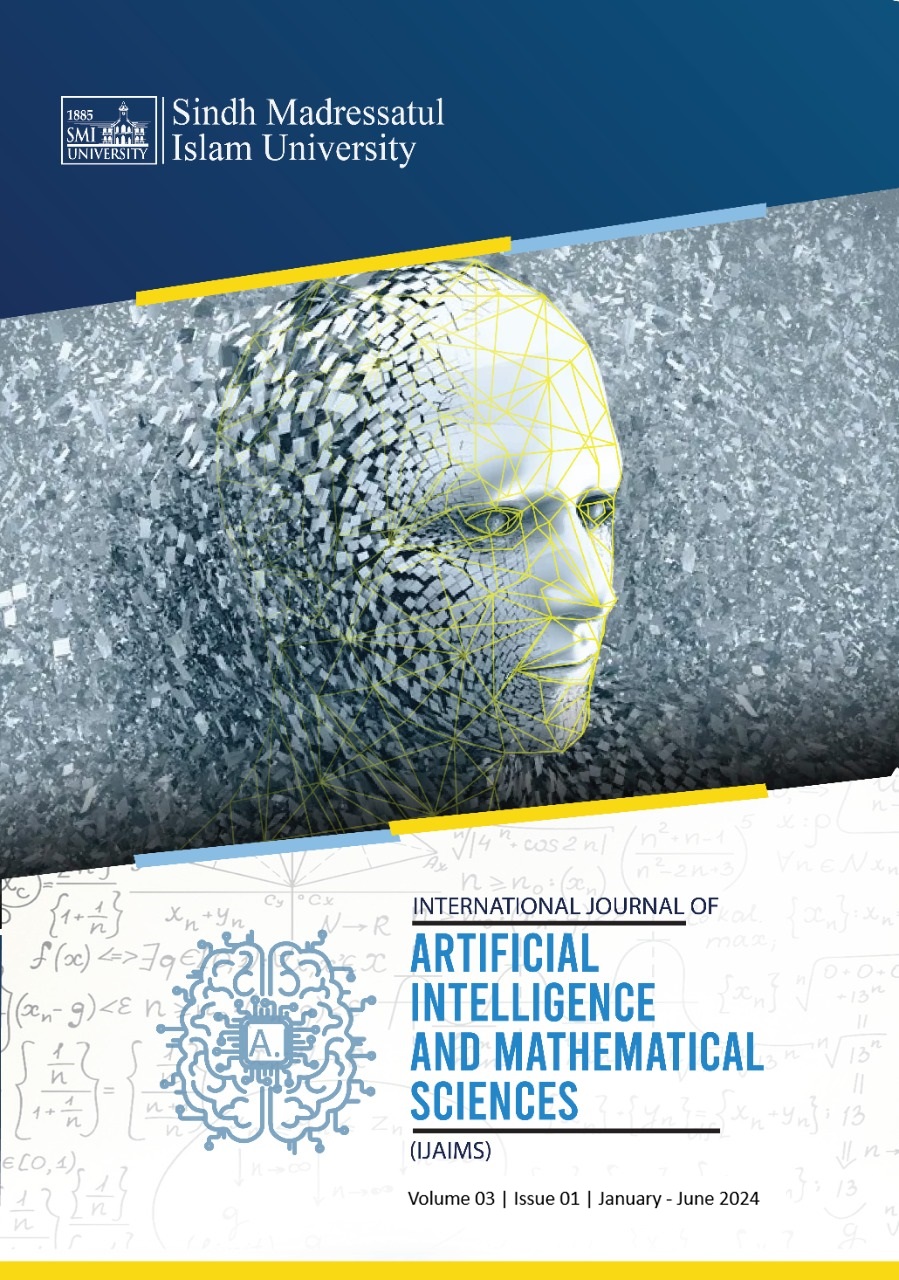Evaluating the Efficiency of Schools in Gilgit-Baltistan: An Exploratory Study
Abstract
It is known that a well-established education system of a country contributes positively to both the citizens of a nation and its overall economic development and growth. The objective of the study is to identify efficiency and faults in the education sector of Gilgit-Baltistan. For this purpose, this study intent to estimates and evaluates the performance of 1149 government girls and boys’ schools in seven districts of Gilgit-Baltistan using data envelopment analysis (DEA) which helps to highlight ways to reduce inputs or increase outputs necessary for insufficient schools. The utilized data was taken from Directorate of Education Gilgit-Baltistan for the year 2012 to 2013. The results indicate that while the majority of government schools in the Gigit-Baltistan are efficient, a number of them lack in performance due to inadequate use of the available resources. Furthermore, girl’s schools are more efficient as compared to boys' schools in the studied region. In short, this sort of research will be helpful in improving best performance in educational sectors in both government and private sectors.
References
[2] Sherman, H. David & Zhu, J. (2006), Data Envelopment Analysis Explained, Service Productivity Management: Improving Service Performance Using Data Envelopment Analysis (DEA); Includes DEA Frontier Software. Springer,. 49-89.
[3] Thanassoulis, E., & Silva, M. C. A. (2018). Measuring efficiency through data envelopment analysis. Impact, 2018(1), 37-41.
[4] Muniz, R. F., Andriola, W. B., Muniz, Sh. M., & Thomaz, A. C. F. (2024). The use of data envelopment analysis (DEA) to estimate the educational efficiency of Brazilian schools. Journal of applied research on industrial engineering, 11(1), 93-102.
[5] Jahanshahloo, G. R., Hosseinzadeh, F., Shoja, N., & Tohidi, G. (2003). A method for solving 0-1 multiple objective linear programming problem using DEA. Journal of Operations Research Society of Japan, 46(2), 189-202.
[6] Cunha, M., & Rocha, V. (2012). On the efficiency of public higher education institutions in Portugal: an exploratory study. University of Porto: FEP Working Paper, 468.
[7] Hosseinpour, S., Pourmahmoud, J., & Masrouri, N. (2013). Using Cross Efficiency with Symmetric Weights for the Method DEAHP. Stud, 3(4), 384-389.
[8] Murff, W. S. (2008). Evaluating the Efficiency of Thirty-Five Law Schools Using Data Envelopment Analysis. Undergraduate Economic Review, 4(1), 7.
[9] Jacobs, R., Smith, P. C., & Street, A. (2006). Measuring efficiency in health care: analytic techniques and health policy. Cambridge University Press.
[10] Agbidinoukoun, T. A., Houssou, K. P., Agbokpanzo, A. T., Zogbasse, S., & Alinsato, A. S. (2023). Efficiency of public expenditure on education in Benin: A comparative analysis with the countries of WAEMU. Creative Education, 14(9), 1811-1825.
[11] Susanty, A., Purwanggono, B., & Al Faruq, C. (2022). Electricity distribution efficiency analysis using data envelopment analysis (DEA) and soft system methodology. Procedia Computer Science, 203, 342-349.
[12] Worthington, A. C., & Lee, B. L. (2008). Efficiency, technology and productivity change in Australian universities, 1998–2003. Economics of Education Review,27(3), 285-298.
[13] Talluri, S. (2000). Data envelopment analysis: models and extensions. Decision Line, 31(3), 8-11.
[14] Ullah, S., Majeed, A., & Popp, J. (2023). Determinants of bank’s efficiency in an emerging economy: A data envelopment analysis approach. Plos one, 18(3), e0281663.
[15] Wang, X. (2010). Data envelopment analysis. Project Report: Submitted to the Faculty of the Worcester Polytechnic Institute, United State.
[16] Rafaj, O., & Némethová, V. (2024). Efficiency Analysis of Elementary Schools in Bratislava–A Two Step DEA Approach. Review of Economic Perspectives, 24(1), 1-15
[17] García-Díaz, R., Castillo, E. D., & Cabral, R. (2020). Efficiency in Mexican elementary schools: A regional comparative. Investigación económica, 79(313), 112-141.
[18] Alabdulmenem, F. M. (2017). Measuring the Efficiency of Public Universities: Using Data Envelopment Analysis (DEA) to Examine Public Universities in Saudi Arabia. International Education Studies, 10(1), 137-143.
[19] ASER Pakistan (2021) Annual Status of Education Report (ASER) Pakistan. ASER Pakistan. Available at: https://aserpakistan.org/index.php .
[20] Karime, F. (2016, April 27). Status of Education in Gilgit-Baltistan, Pakistan Avaliable at: https://pamirtimes.net/2016/04/27/status-of-education-in-gilgit-baltistan-pakistan/ .
[21] ASER Pakistan (2023) Annual Status of Education Report (ASER) Pakistan. ASER Pakistan. Available at: https://aserpakistan.org/index.php .







